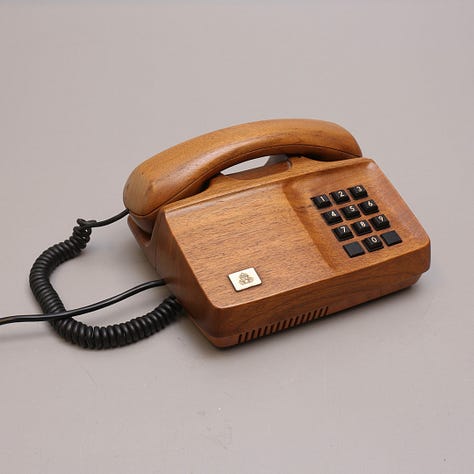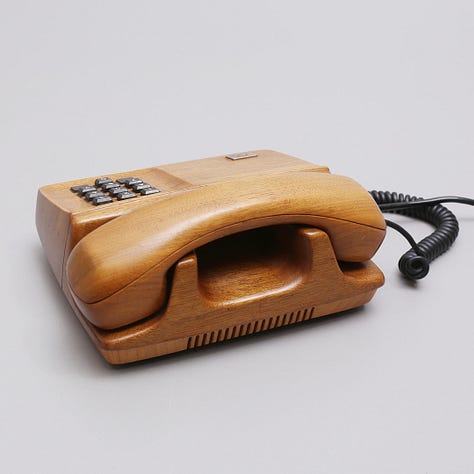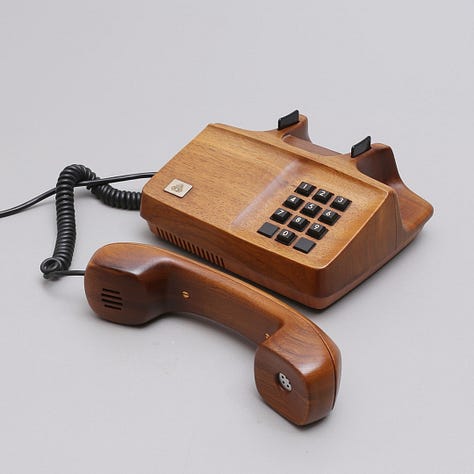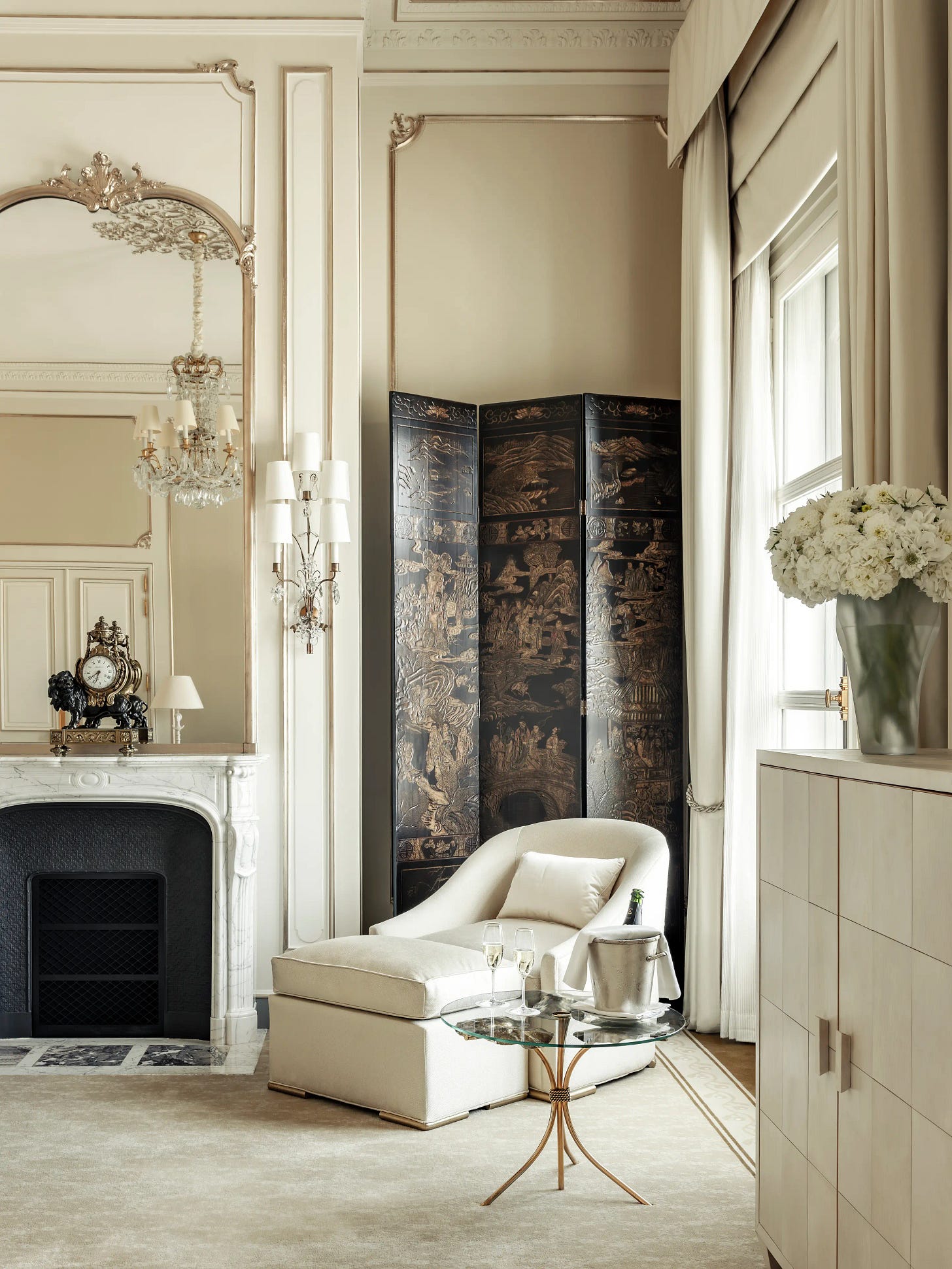On the Language of Objects and Design as Dialogue
A closer look at the intentional decisions that silently guide our experiences
I’m leading this piece on design with a couple of images of my favourite Tom Ford eyeglasses. They were my favourite, and I just lost them somewhere in Glasgow a few weeks ago. Every time I wore them I could see—of course—but also always thought about how well they were designed, how comfortable they were, and how much I liked the way they looked. Rather than feeling nerdy out there in the world, I felt sophisticated, which lead to thinking about how good design can make us feel. It’s been a long time since I wrote about design (and décor, for that matter) here, so I thought that this week, I'd reflect on how design shapes our experiences in ways both obvious and subtle. From the eyewear that changes how we see ourselves to the spaces that transform how we move through the world, design is more than aesthetics, but looks at how objects and environments make us feel and function. I've noticed lately (since losing my glasses) how my appreciation for thoughtful design has become a lens through which I experience almost everything...
PS This email is filled with all manner of wonderful things and may be too long to display in full—if it’s been truncated, simply click “View entire message” to read everything. Tap the heart above if you’ve enjoyed it, and feel free to share with someone who might too. xo
WHAT IS DESIGN?
At its core, design is purposeful problem-solving through creative decision-making. Both a process and an outcome, design serves human needs and desires through intentional creation. Unlike random occurrences or purely functional solutions, design involves deliberate choices to achieve specific goals. Good design is the intersection of form and function, balancing aesthetics (how something looks and feels) with utility (how well it works).
design /dɪˈzaɪn/
to plan and make decisions about (something that is being built or created) : to create the plans, drawings, etc., that show how (something) will be made



Design fundamentally addresses human needs, whether practical, emotional, or social, in a context in which they will exist, such as environment or culture. Design speaks to us through visual language, materials, textures, and spatial relationships. Design extends far beyond what many initially think of (graphic design, fashion, etc.) into nearly every aspect of our built environment and material culture. The restaurant you enjoy, that Paris apartment, Marc Jacobs eyeglasses all represent different design disciplines working toward creating specific experiences.
Below, find a few of the designs I’m currently drawn to, including a stunning Paris apartment; an ultra-chic hotel; a restaurant in the Marais, and more.





